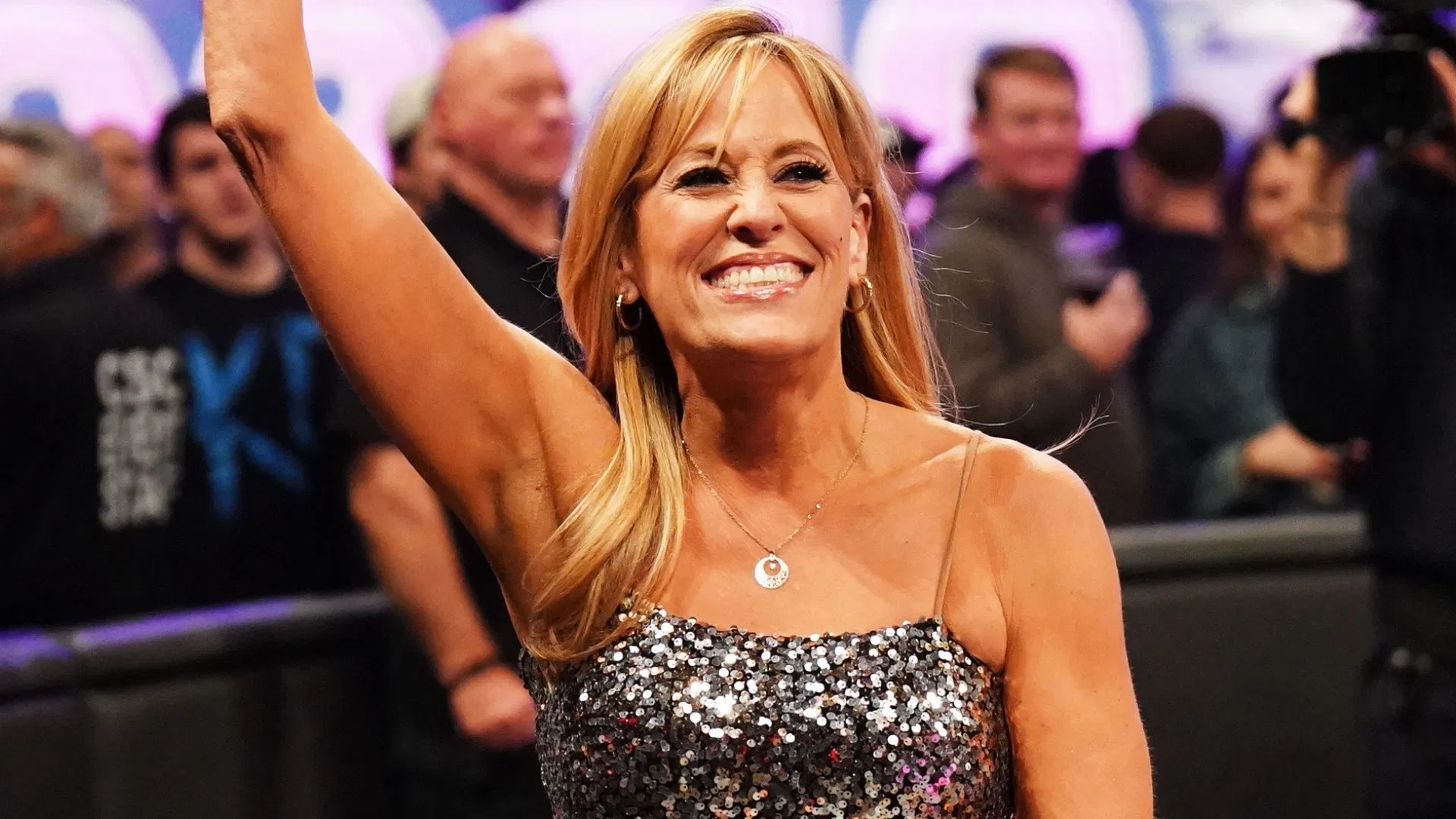Copyright The Associated Press

Consumers Energy plans to pay a premium price to buy back power from its 13 hydropower dams after selling them to a private equity firm for $1 apiece, the company revealed Friday in filings with state energy regulators. The disclosures, made in a nearly 2,300-page document filed with state and federal regulators who will decide whether to sign off on the agreement, is the utility’s first accounting of costs associated with its plan to essentially give the dams to Confluence Hydro LLC, a subsidiary of Maryland-based Hull Street Energy. Consumers, which provides electricity to 1.9 million customers in Michigan, has spent years pondering how to exit a hydropower business that generates little power and operates at a $152 million net annual loss. The plan revealed Friday involves signing a 30-year agreement to buy back the dams’ power from Confluence at a starting price of $160 per megawatt-hour, with a 2.5% annual price increase. That’s about twice what Consumers typically pays for hydropower on the open market, company spokesperson Brian Wheeler said. Compared to other forms of power, it’s likely even more expensive. But the arrangement makes financial sense because it would cost Consumers and its ratepayers even more to decommission the dams or invest in maintaining and repairing them, Wheeler said. “It allows Consumers Energy to transfer substantial future operational and environmental liabilities and risk to Confluence,” Srikanth Maddipati, a senior vice president at the company, wrote in the filing. Maddipati called it “the lowest-cost option for the future of these plants.” That’s because Confluence Energy will assume the cost to maintain the dams and demolish them at the end of their useful life. The sale-and-buyback arrangement may also benefit from public subsidies. In filings, Consumers officials outline plans to tap into state clean energy incentives meant to encourage utilities to buy renewable energy. Those same subsidies are not available to Consumers today, because it is making the energy on its own, rather than buying it from someone else. The Michigan Public Service Commission, which regulates utilities like Consumers, will ultimately decide whether the deal can go through. Consumers also needs the Federal Energy Regulatory Commission’s approval to transfer the dams’ power generating licenses to Confluence. A century ago, the 13 dams on the Au Sable, Manistee, Muskegon, Grand and Kalamazoo rivers were key components of Michigan’s early electrical grid. But in the decades since, they’ve become money losers that generate too little power to cover maintenance bills. The dams produce just 1% of Consumers’ electricity, at nine times the cost of any other power source in the utility’s portfolio. The structures also superheat rivers and destroy fish habitat while trapping sediment upstream. That put Consumers in an awkward position three years ago, when it began publicly pondering three options that each came with tradeoffs: 1. Keep the dams, pleasing neighbors who own waterfront property on the reservoirs and communities that have built economies around fishing, boating and swimming in them but locking utility customers into inflated rates and continuing to harm rivers. 2. Demolish the structures, reducing costs and restoring natural river flows while angering nearby residents. 3. Sell the structures, lifting Consumers’ financial burden, but passing it onto new owners who may have less incentive to spend on upkeep. After years of deliberation, the company announced the sale plan in September. Officials declined to reveal details at the time about how much it would cost to buy the dams’ power back from their new owners. But Maddipati referred to it as “the most cost effective for customers.” Critics of the sale have questioned how a new owner could squeeze enough revenue out of the dams to cover maintenance costs, given that Consumers has been unable to do so. “I don’t understand how it can be better for customers if we just transfer liabilities to a different company, but we’re still paying too much,” said Bryan Burroughs, executive director of Trout Unlimited, a group that favors removing the dams. Dams are typically built with a 50-year design life, and the average age of the Consumers dams is 106 years old. Maintenance bills tend to rise dramatically with age. Regulated monopoly utilities like Consumers have a financial incentive to maintain their infrastructure, because their captive ratepayers cover the cost plus a guaranteed profit. That’s not true for private dam owners, which are not subject to the same regulations and privileges. For them, every dollar spent on maintenance is a dollar less in profits. As a result, they tend not to maintain their dams as well. US Army Corps of Engineers data shows that all of Michigan’s 40 utility-owned dams with available inspection data are in fair or better condition. In contrast, 32 of 396 private dams are in poor or unsatisfactory condition. Michigan’s most notorious examples are the privately owned and poorly maintained Midland dams, which failed in 2020 after owner Boyce Hydro spent decades putting off regulators’ demands to make safety upgrades. Taxpayers are now spending hundreds of millions of dollars to rebuild the dams. A similar scenario is unfolding today in the Upper Peninsula’s AuTrain Township, where a private dam owner has declared bankruptcy, leaving the local community with a major safety liability and a $4 million dam repair tab that could fall on taxpayers. In the wake of the Midland dam failures, both federal and state officials considered a host of reforms, including stricter dam safety standards and a requirement that buyers set aside money for maintenance. They have acted on almost none of them. A new bill, introduced Thursday by state Sens. Jon Bumstead, R-North Muskegon, Rosemary Bayer, D-Keego Harbor and Joseph Bellino, R-Monroe, in response to concerns that the Consumers dams could be sold to another delinquent buyer, would require the Michigan Public Service Commission to probe dam buyers’ finances before approving a sale. “We can’t just let them sell it for a dollar, give it away, whatever, without the protections that are needed,” said Bayer. ___



